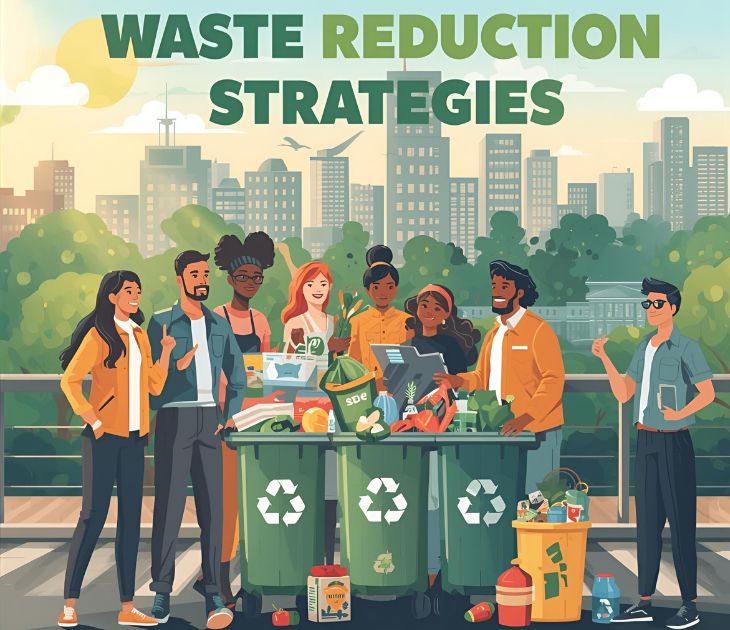In an era when brands are judged not only by the products they sell but also by the values they uphold, sustainable event marketing has emerged as a powerful way to showcase corporate responsibility. By integrating eco-friendly practices into every stage of event planning and promotion, marketers can reduce environmental impact, strengthen brand reputation, and deepen attendee loyalty. This guide will walk you through proven strategies for creating green events that captivate your audience and align with your sustainability goals.
1. Why Sustainable Event Marketing Matters
Consumers and business partners alike are increasingly conscious of climate change, resource depletion, and waste. According to recent surveys, nearly 75 percent of attendees say they are more likely to support brands that demonstrate environmental stewardship. Sustainable event marketing offers multiple benefits: it reduces carbon footprint, enhances brand image, attracts eco-minded attendees, and often leads to cost savings through smarter resource management. By embracing green initiatives, you also differentiate your events in a crowded market, elevating your company as a leader in responsible engagement.

2. Planning Your Eco-Friendly Event
Effective sustainability starts during the planning phase. Begin by conducting a sustainability audit to assess potential sources of waste: energy consumption, printed materials, single-use plastics, and transportation. Establish clear environmental objectives—such as zero-waste goals or carbon neutrality—then communicate these targets to your team and vendors. Incorporate eco-criteria into every RFP and contract, ensuring suppliers adhere to responsible sourcing and delivery practices. By setting achievable benchmarks from day one, you’ll build accountability and make greener choices more straightforward as the event approaches.
3. Sustainable Venue Selection
Choosing the right venue is a critical step. Look for event spaces with LEED certification or recognized green building standards. Prioritize venues that utilize renewable energy, efficient HVAC systems, LED lighting, and water-saving fixtures. Partner with facility managers who track and optimize waste diversion rates, composting, and recycling programs. Outdoor or open-air venues can also reduce energy consumption if weather permits. Finally, consider local sites to minimize attendee travel distances, thereby lowering overall carbon emissions associated with transportation.
4. Waste Reduction Strategies
Waste is one of the primary challenges at live events. Implement a comprehensive waste management plan that includes clearly labeled recycling and compost stations. Replace single-use plastic bottles with vending stations or refillable water stations. Opt for digital badges and mobile ticketing over printed materials whenever possible. If printing is unavoidable, choose recycled paper and soy-based inks. Partner with local food banks and charities to donate unused food and beverage items, further reducing landfill contributions while supporting community organizations.

5. Sustainable Supplies and Materials
From signage to swag, your choice of materials sends a strong signal about your brand’s values. Source eco-friendly signage made from recycled or sustainably harvested materials. When designing promotional giveaways, prioritize practical items like organic cotton tote bags, bamboo pens, or seed paper business cards that attendees can plant afterward. Select furniture and decor made from reclaimed wood, biodegradable fabrics, or low-VOC finishes. Small decisions—like providing cloth napkins instead of paper or using washable dishware—can add up to significant environmental savings over time.
6. Green Marketing Tactics
Your promotional efforts should reflect the sustainable nature of your event. Embrace digital marketing channels—email, social media, and content marketing—to reduce printed collateral. Create a dedicated event landing page highlighting your green initiatives, complete with tips for attendees on how to participate responsibly. Leverage influencers and eco-conscious partners to expand your reach, and encourage attendees to share sustainable selfies and stories using branded hashtags. By weaving sustainability into your messaging, you’ll both educate your audience and reinforce your brand’s commitment to environmental stewardship.
7. Engaging Attendees in Sustainability
Engagement is key to making your eco-friendly efforts resonate. Offer interactive workshops on zero-waste living or upcycling, host panel discussions with green innovators, or provide carbon-offset options during ticket checkout. Gamify sustainable behaviors with reward systems—offer points or giveaways to attendees who carpool, bike, or use public transport. Set up a volunteer station for local environmental clean-up efforts, turning your event into a positive community experience. The more participants are involved, the deeper the imprint of your green message will be.
8. Measuring and Reporting Impact
To validate your sustainability claims and identify improvement areas, track key performance indicators (KPIs) such as waste diversion rates, energy consumption, and carbon emissions. Use event apps or dedicated sustainability platforms to gather real-time metrics. Post-event, analyze the data and compile a transparent sustainability report. Share your successes—and lessons learned—with stakeholders and attendees through infographics and case studies. This level of transparency not only builds credibility but also inspires other organizers to follow in your footsteps.

9. Case Studies and Success Stories
Learning from peers can spark your own innovations. Consider the International Green Summit, which achieved 85 percent waste diversion by partnering with a local composting facility and using digital badges. Or look at the EcoTech Conference, which offset 100 percent of attendee travel emissions through a verified carbon-credit program. Highlighting these success stories in your marketing materials shows what’s possible and provides a roadmap for others to replicate your achievements. Showcasing concrete results amplifies the impact of sustainability and cements your role as a trendsetter in green event marketing.
10. Conclusion
Sustainable event marketing is no longer a niche—it’s a necessity for forward-thinking brands. By integrating eco-friendly practices across venue selection, waste management, materials sourcing, and attendee engagement, you’ll create memorable experiences that align with global sustainability goals. Not only will you reduce environmental impact, but you’ll also attract conscious consumers, strengthen your brand reputation, and drive long-term loyalty. Embrace the green revolution in event marketing and watch your next gathering become a model for responsible, high-impact engagements.
Ready to transform your next event into a sustainability success story? Start by conducting a green audit today and take the first step toward a more eco-friendly future.









